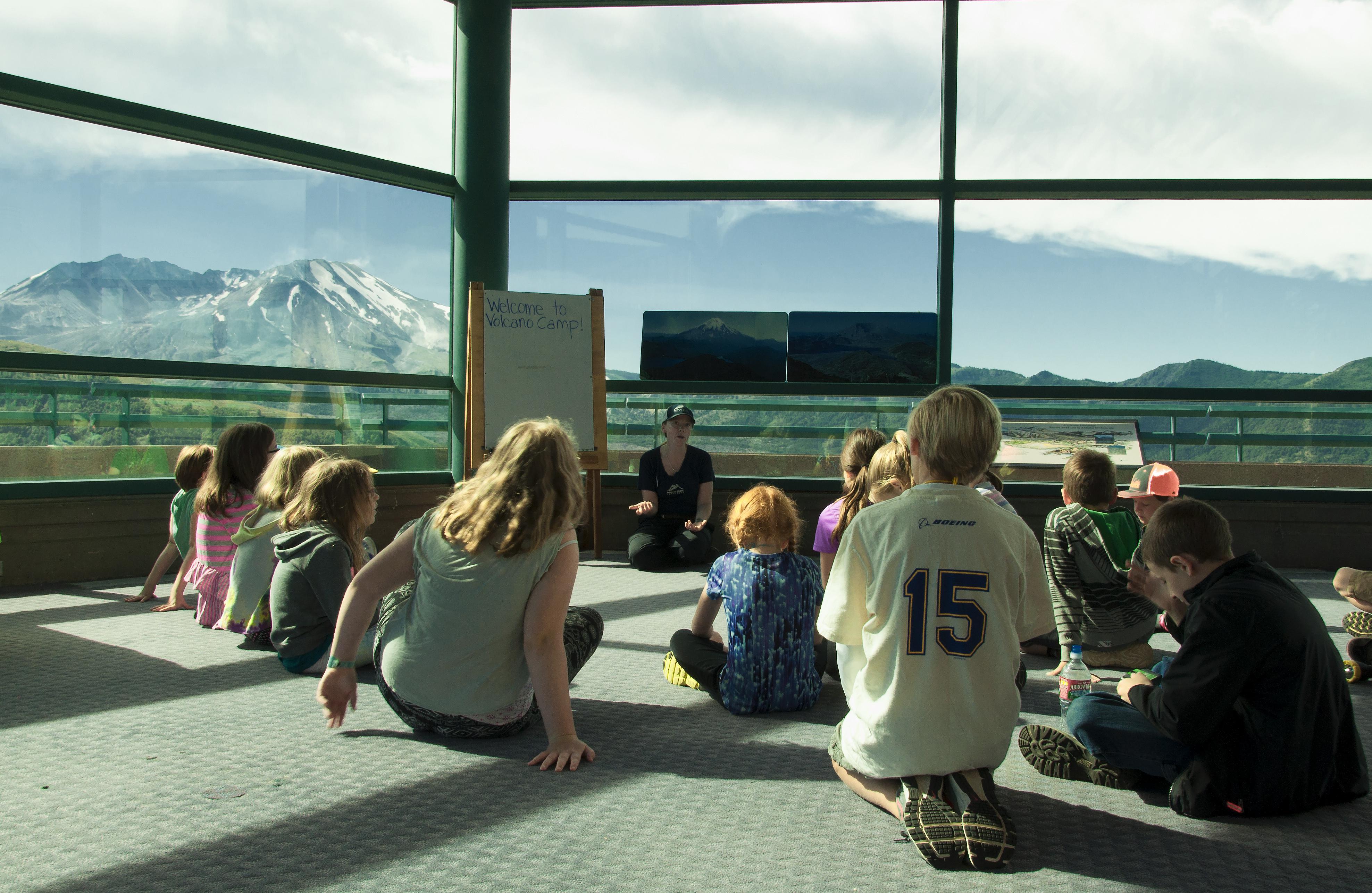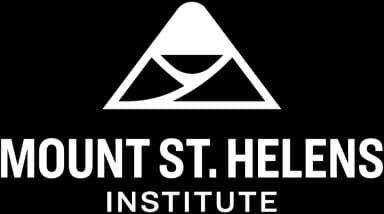We use cookies to improve your website experience. Essential cookies are required for the site to function properly, while analytics cookies help us understand how visitors use our site to make improvements. You can choose to accept all cookies or only the essential ones.

Online Lessons
These online activities, resources and lessons are available for teachers, students and families to learn on their own.
View our Volcano Tuesday Educator Guide to support distance and classroom learning.
Mountain Moves
What happened during the May 18, 1980 eruption of Mount St. Helens? Learn about the warning signs which preceded the eruption and the events that occurred on May 18, 1980 through movement.
Where in the World are Volcanoes?
Why do volcanoes exist in certain parts of the world and not others? Learn about the role of plate tectonics and build your own plate tectonic model!
YOU WILL NEED:
For this activity you will need two separate sets of supplies. You can follow along or do the experiment along with us for either or both examples.
SUPPLY SET 1
- Ice cubes: at least 2 ice cubes OR 2 large frozen bowls of ice
- At least 2 different colors of food coloring
- Salt
- 2 large bowls (to put ice inside)
- 2 small cups for mixing saltwater and pouring
- 2 spoons for mixing
- Paper towels
SUPPLY SET 2
- Cardboard
- Coloring supplies (markers are best)
- String (at least 4 feet long)
- Sponge (if you have one)
- Red tissue paper and/or cotton ball (if you have one)
After you gather your supplies, view or print this worksheet to help you build your subduction zone model.
Milestones for Mount St. Helens
How old is Mount St. Helens? How frequently has Mount St. Helens erupted in the past? Learn about important milestones in the eruptive history of Mount St. Helens through by recreating the timeline of eruptive activity.
Birds of Mount St. Helens
What makes the landscape of Mount St. Helens unique for birds? Learn about the variety of birds that have made a home in the new landscape created by the 1980 eruption of Mount St. Helens.
The Value of Viscosity
Why do some volcanoes go "Kaboom" and others spew lava more slowly? Learn about how the chemistry of magma beneath the surface affects the style of eruption we experience on the surface by experimenting with peanut butter and honey.
Ash in the Air
What happens when volcanoes go "Kaboom" and eject ash into the atmosphere? Learn about where and how can ash fall and how can we learn to better prepare communities that live near volcanoes.
Motion of the Mountain
What was the significance of the 1980 eruption of Mount St. Helens and how did it affect people before and after? Learn through a special guest presentation by Alysa Adams, interpretive ranger at Washington State Parks.
Career Interview with Alysa from Washington State Parks
Survival is a Game of Chance
How did animals living at Mount St. Helens experience the 1980 eruption? Learn about what animals survived and how others returned by playing our "Survival is a Game of Chance" activity.
Glacier a' Growing
Why does the glacier at Mount St. Helens continue to grow, even as most glaciers worldwide are shrinking? Join us as we demonstrate how to model the glacier at Mount St. Helens using ice cream, peanut butter, and cookies!
Soil from Scratch
After a volcanic eruption occurs, how does life return? Learn about how plants are adapted to live in volcanic debris through the story of one special plant called the lupine that helps make "soil from scratch."
Virtual Tour of the Hummocks
How did the 1980 eruption of Mount St. Helens impact the landscape? Join us on a virtual tour of the Hummock Trail in the heart of the blast area.
Volcano Self-Portrait
How can you - like a volcano- make an impact on the world? Reflect on your personal growth and goals and create a portrait of yourself as a volcano.
Gather some drawing supplies: paper and a pencil, pen, colored pencils, or crayons. You can also print out our Volcano Self-Portrait worksheet, but it is not required.
Volcanoes in Art
How have people who experience volcanic eruptions share their stories? Learn about the perspective of people who live on or near volcanoes through art.
VOLCANO TUESDAYS:
Volcano Tuesdays was a weekly online video and activity series developed in 2020 that remains a resource for grades K-5 and learners of all ages.
CREDIT & ATTRIBUTIONS:
These works are licensed under a Creative Commons Attribution-NonCommercial-ShareAlike 4.0 International License.
